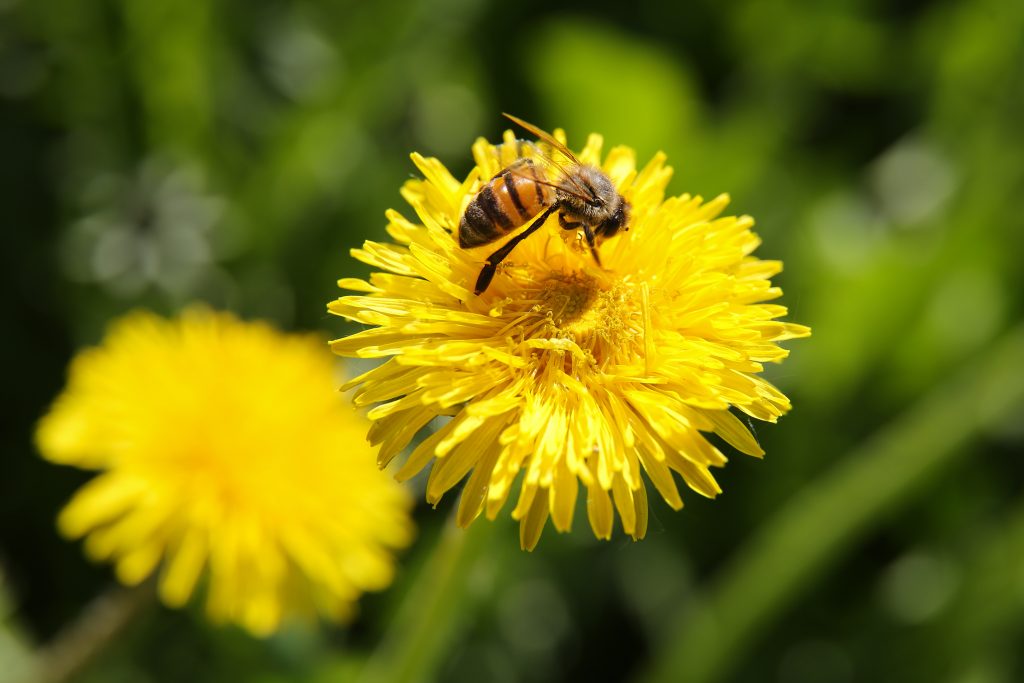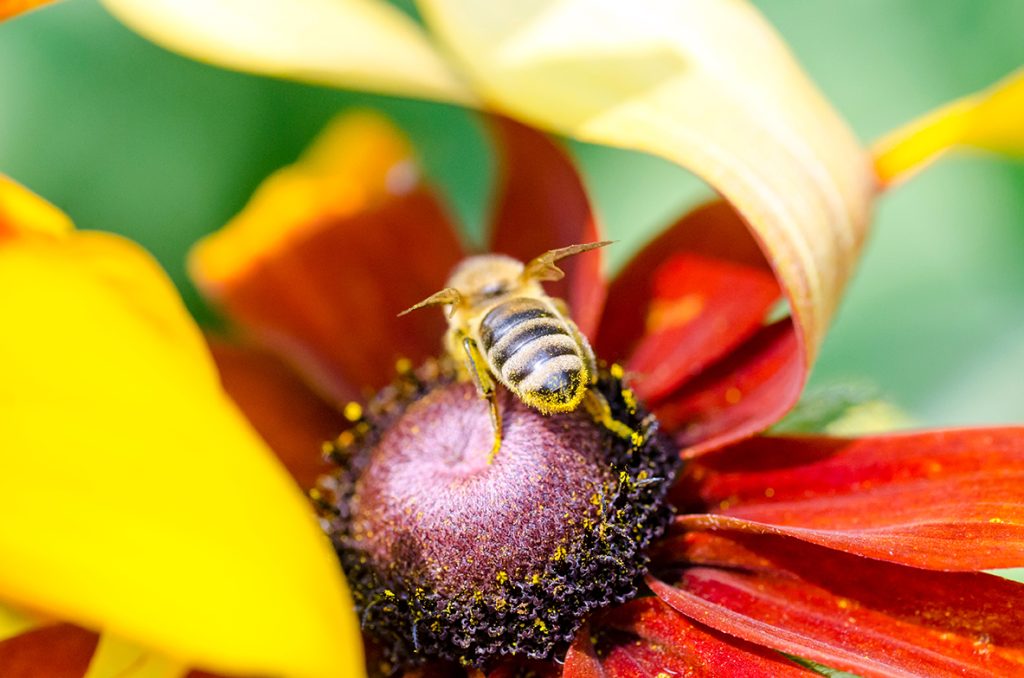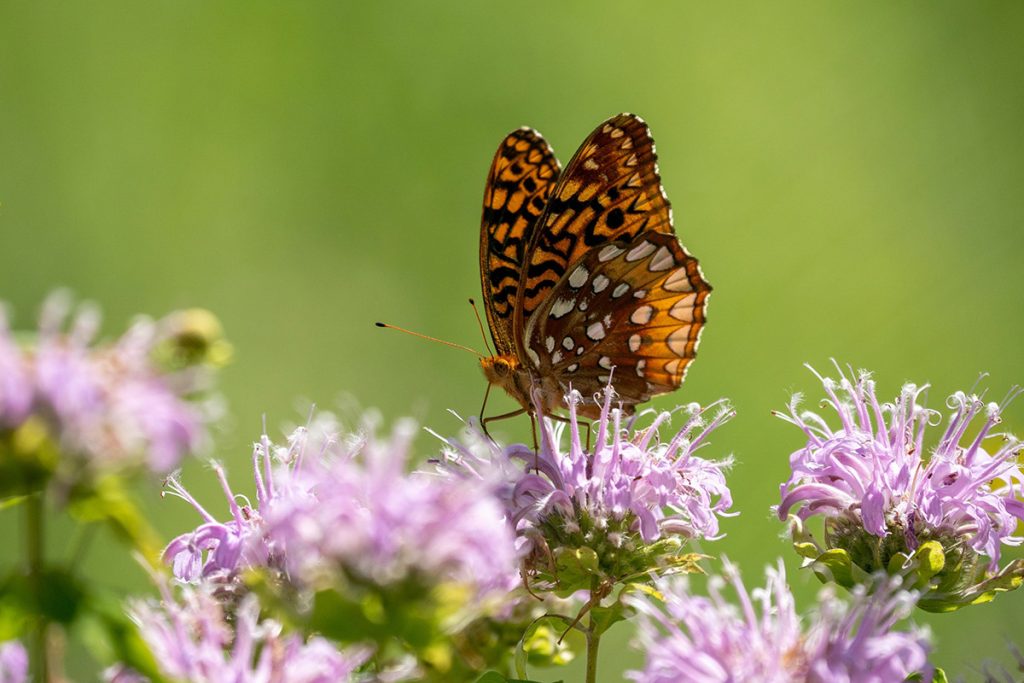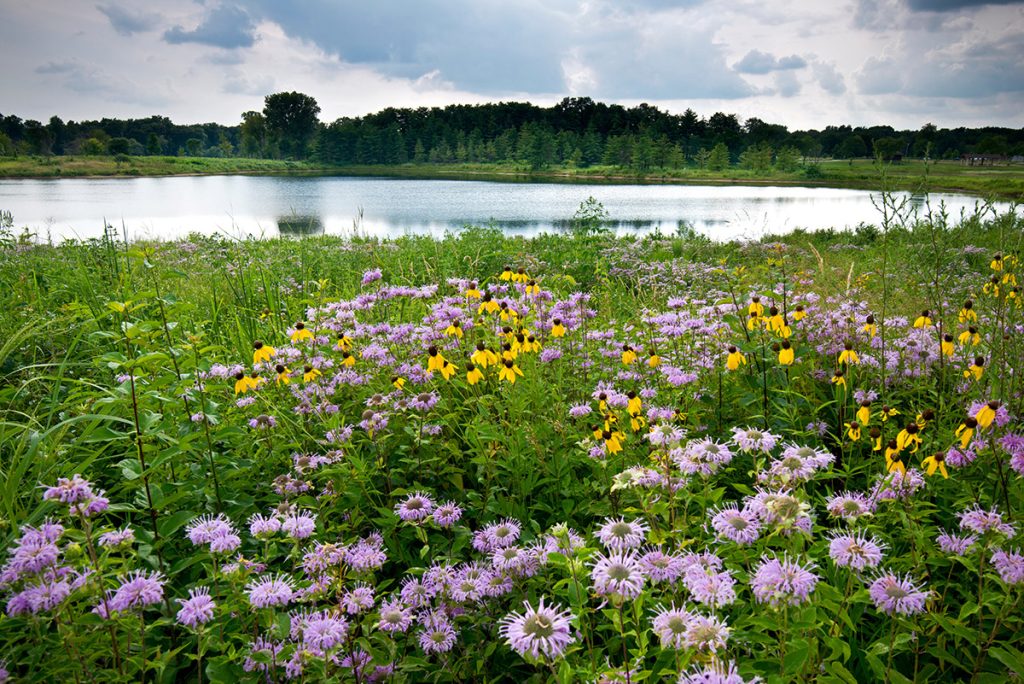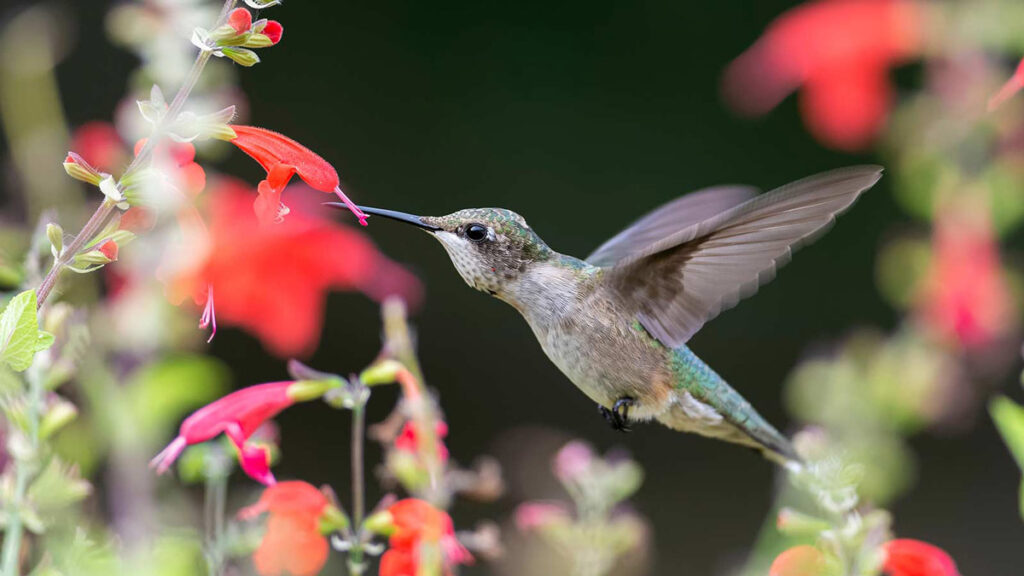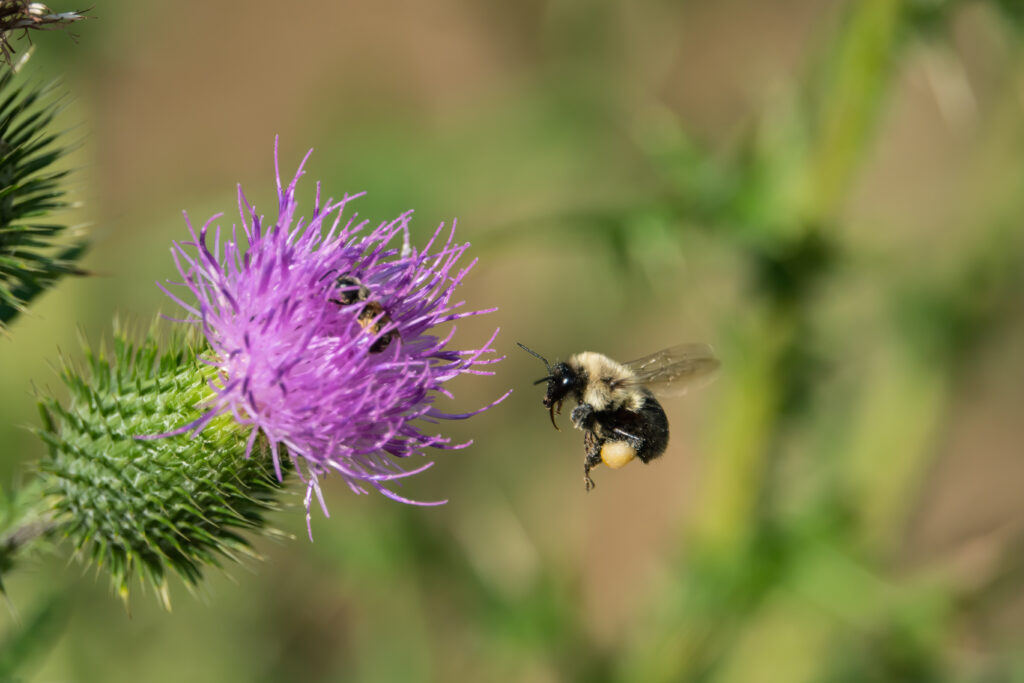More people are planting wildflowers and natives in lieu of a grassy lawn
The age of the bright green, clean cut, grassy lawn is slowly transitioning to a more natural landscape strategy. More and more people are planting native plants and wildflowers in their backyard rather than trying to maintain an input heavy green manicured lawn.
More people are planting wildflowers and natives in lieu of a grassy lawn Read More »


